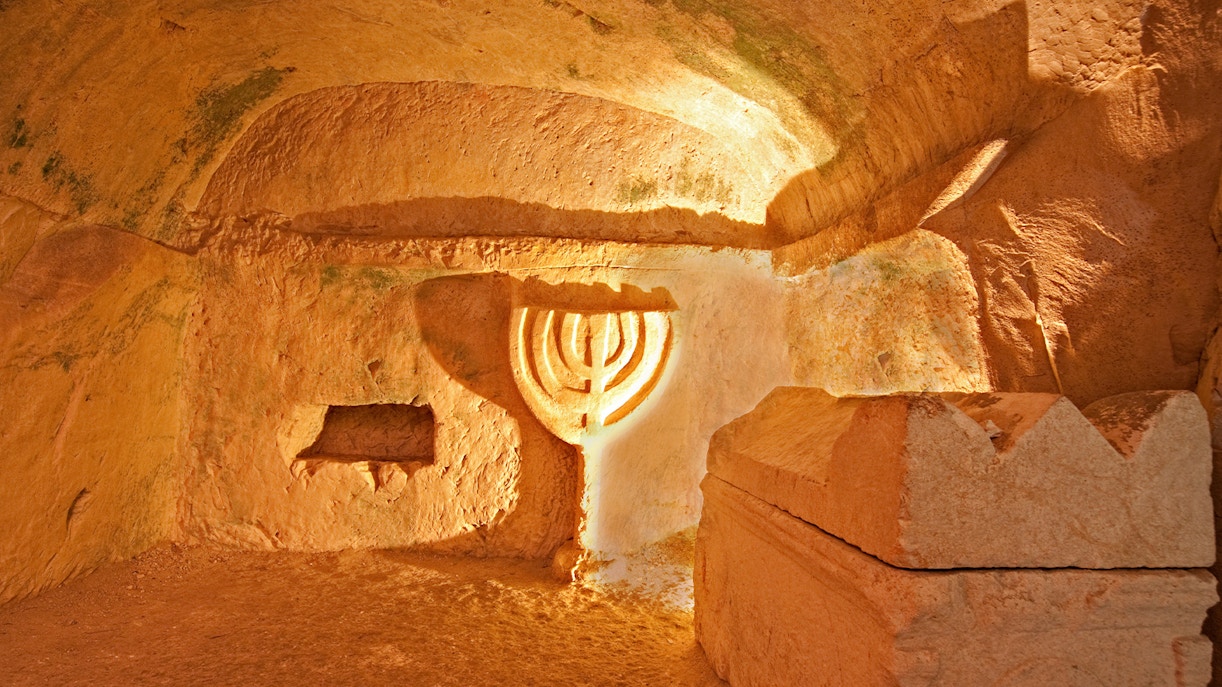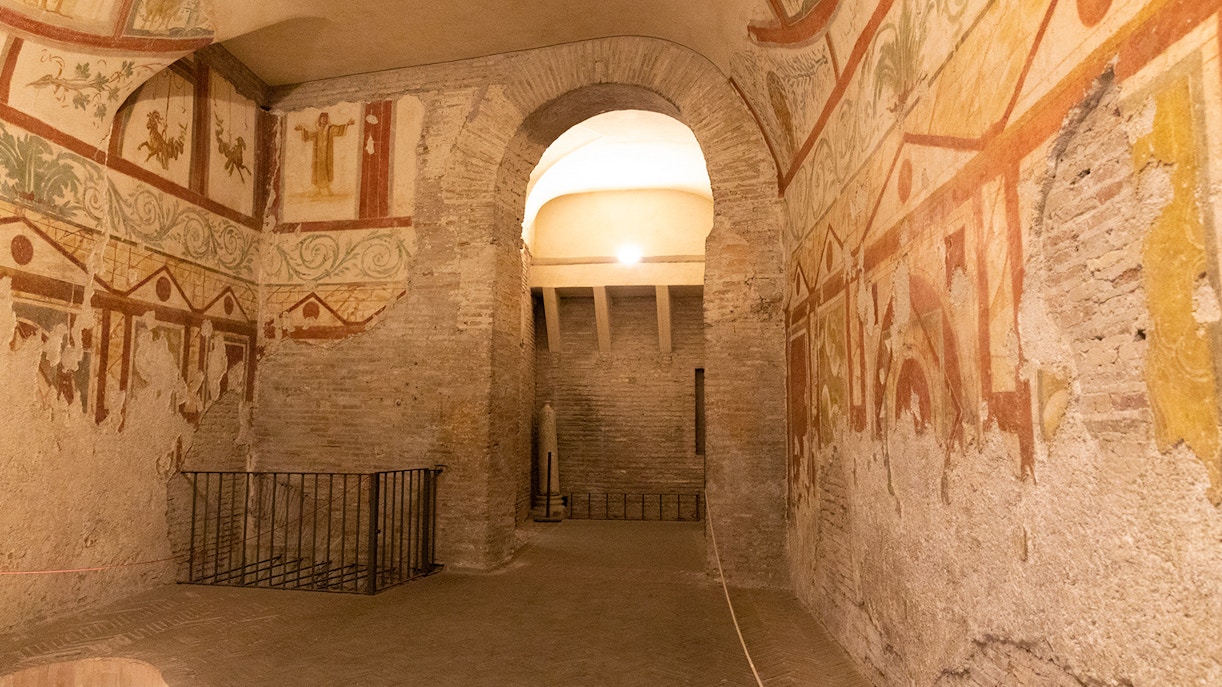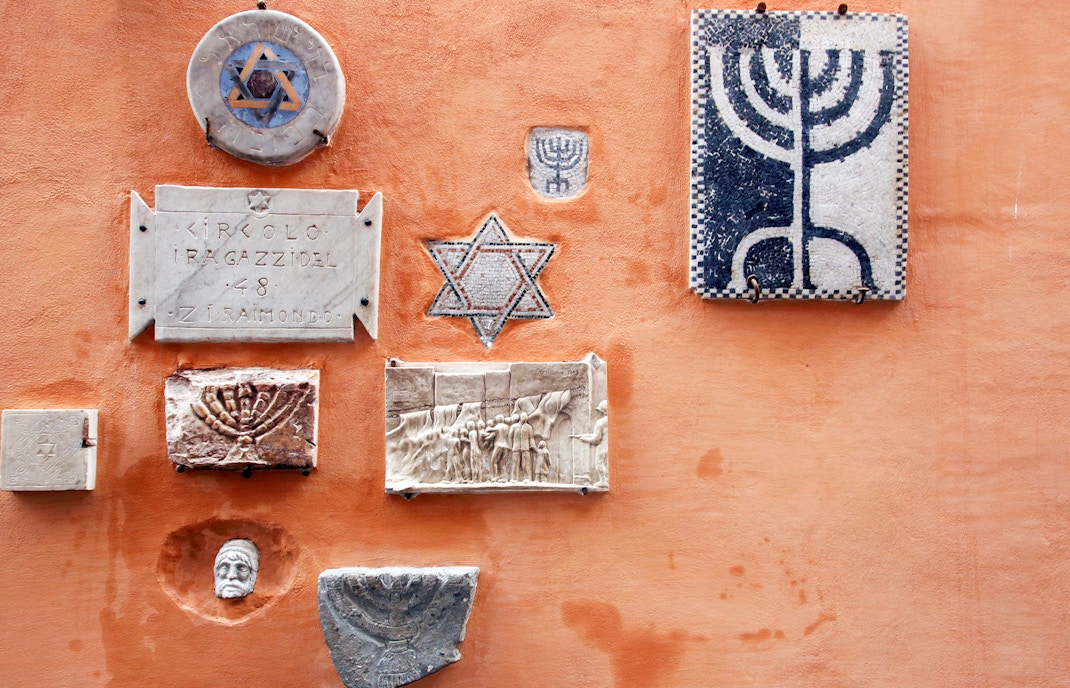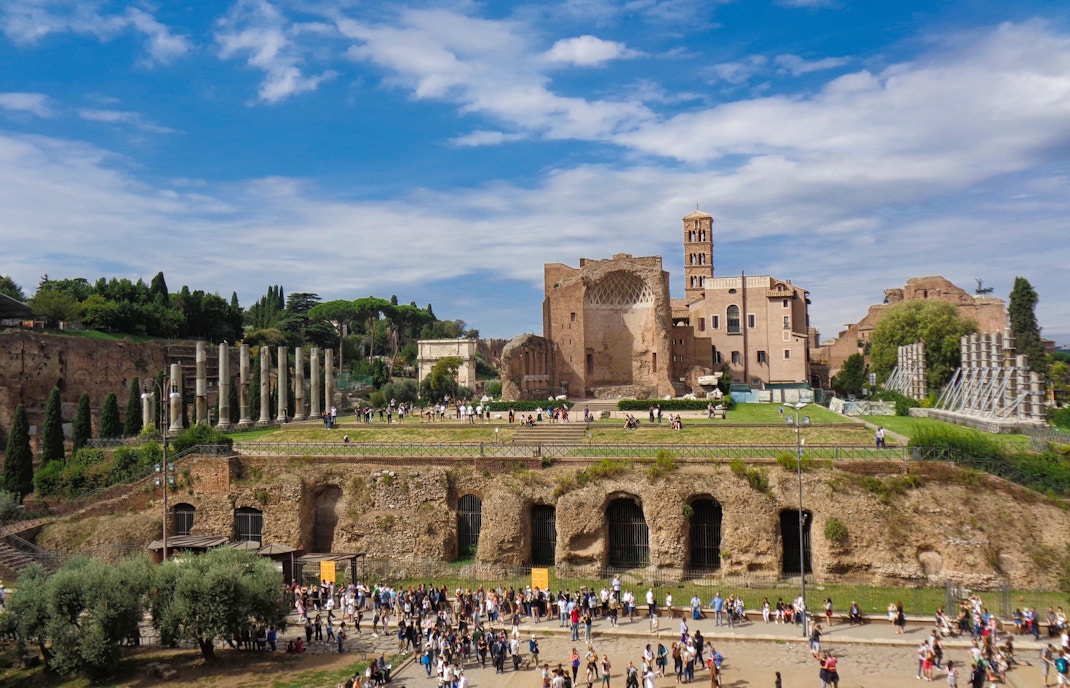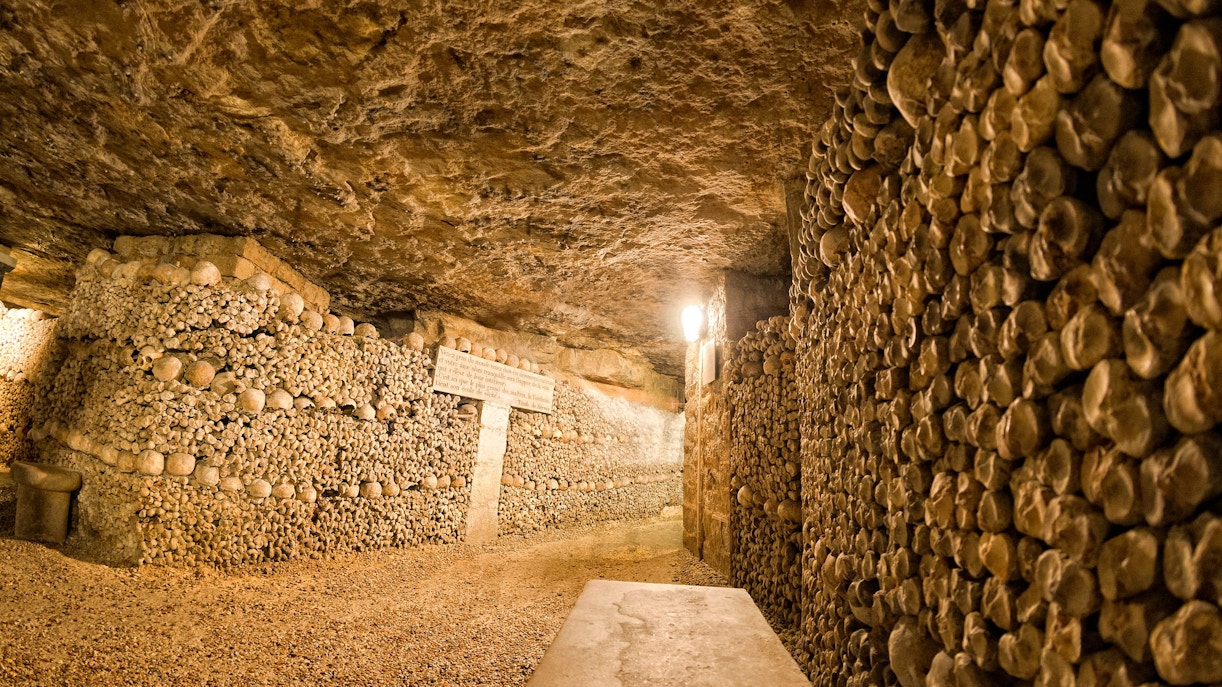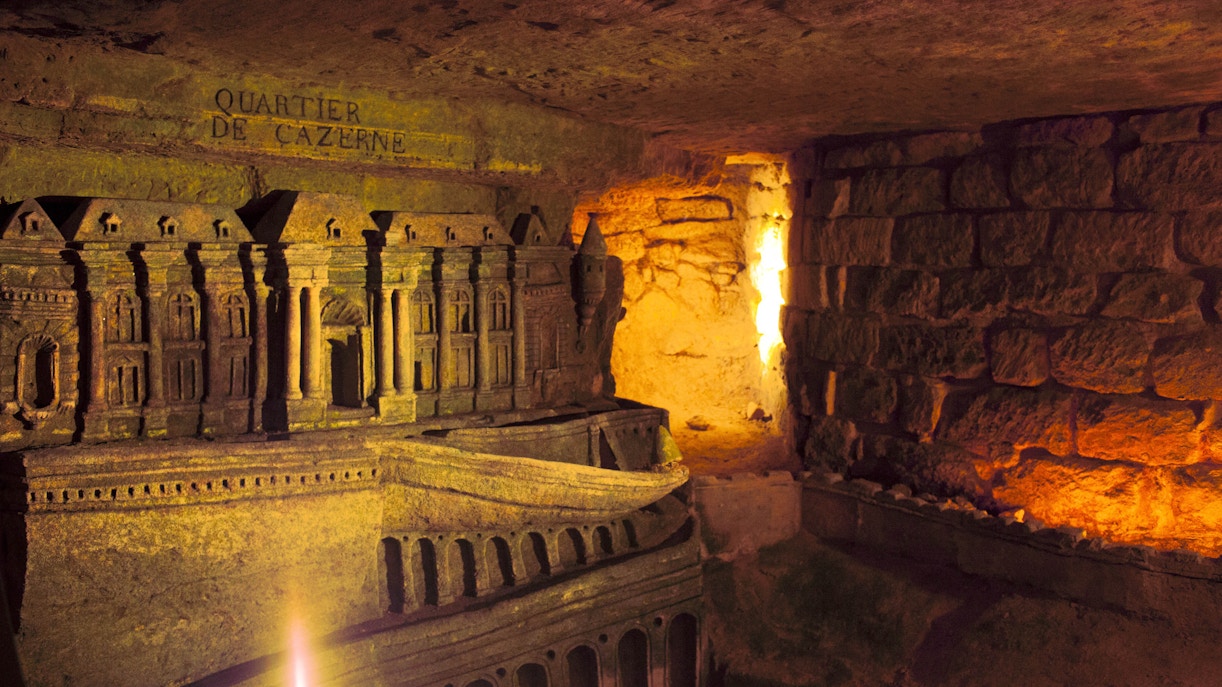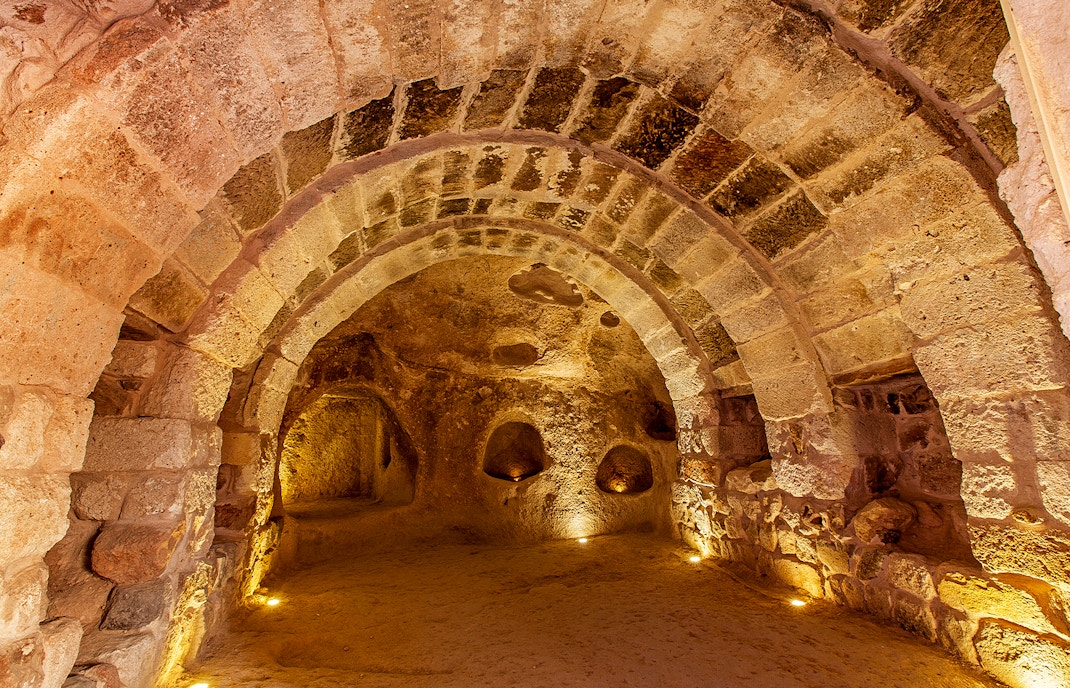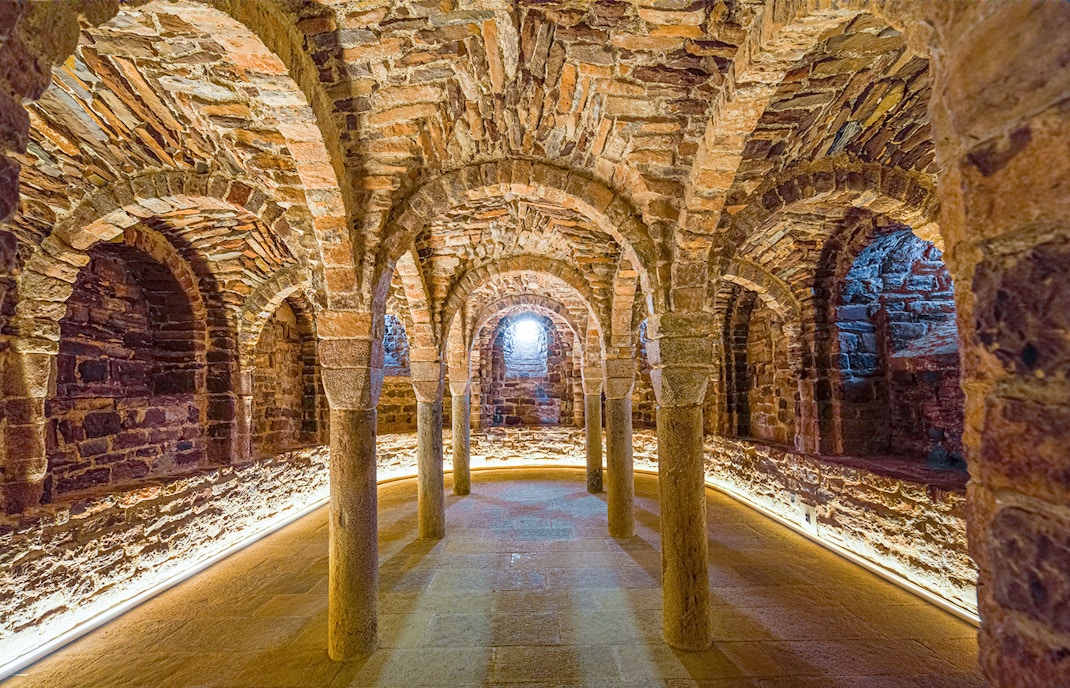- Address: Via Appia Pignatelli, 2, 00178 Roma RM, Italy
- Date of opening: The catacombs were first discovered in 1918
- Timings: Tuesday to Sunday, 9:00 AM to 12:00 PM and 2:00 PM to 5:00 PM (Closed on Mondays)
- Function: Sacred burial ground for early Jewish
- UNESCO World Heritage Site: Declared in 1980

